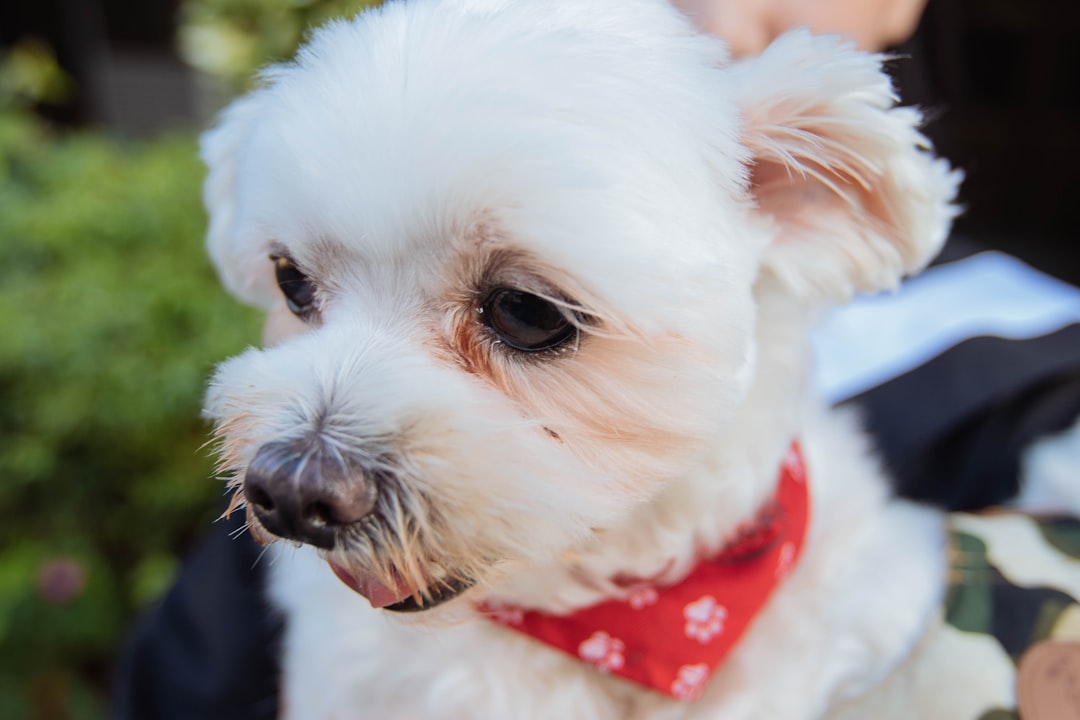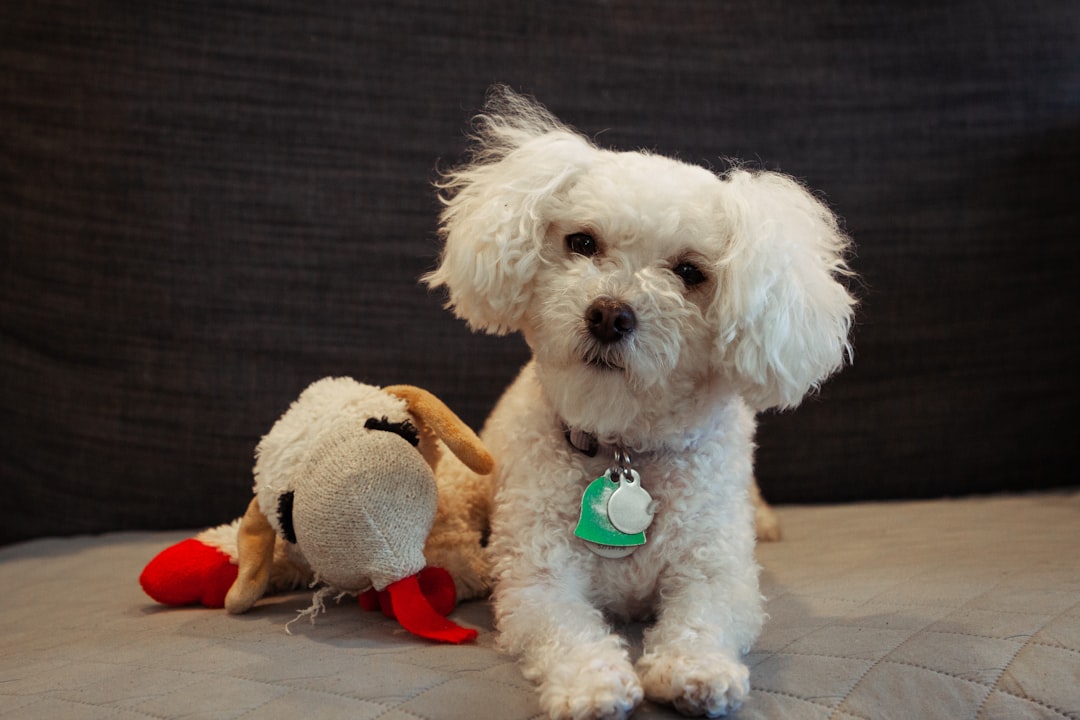- You are here:
- Home »
- Blog »
- Boston Dog Trainer »
- Unraveling the Origin and Evolution of the Maltese Breed
Unraveling the Origin and Evolution of the Maltese Breed
Unraveling the Origin and Evolution of the Maltese Breed
The article explores the origin and evolution of the Maltese breed, tracing its ancient origins to the debate over its exact origin and its connection to ancient Rome, as well as discussing its characteristics, purpose, and enduring appeal throughout history.
Maltese Breed: An Ancient Elegance
Ancient Origins of the Maltese Breed
The origins of the Maltese breed are shrouded in mystery, with debates surrounding its exact origin. Some theories suggest a link to Spitz-type dogs from Sweden or Tibetan Terriers from ancient Asia, but the breed’s existence spans at least 29 centuries, with strong connections to the island of Malta and ancient Rome. Throughout history, the Maltese has been a beloved companion, known for its elegance and watchdog abilities, making it a status symbol and a fashion statement, especially in ancient times.
Evolution of the Maltese Breed
The Maltese breed has undergone historical development and evolution, including the refinement of its size and coat color through selective breeding. Despite the fall of empires and the Dark Ages, the breed has survived and maintained its elegance and watchdog abilities. Furthermore, the modern Maltese dog is genetically related to the Bichon, Bolognese, and Havanese breeds, reflecting its enduring legacy and influence on other canine breeds.
 Purpose and Role of Maltese Dogs
Purpose and Role of Maltese Dogs
Initially, Maltese dogs were bred as companion animals for royalty and wealthy individuals, while also serving the practical purpose of catching rats and mice on ships and in homes. Their small size and non-shedding coat made them ideal for living in close quarters with humans, contributing to their adaptability and historical role as companions. This adaptability has endured through the centuries, as Maltese dogs continue to exhibit affectionate and loyal behavior, making them great family pets.
Characteristics of the Modern Maltese Breed
The modern Maltese dog is known for its lively, calm, and affectionate behavior, non-shedding coat, and potential tear stains, making it a popular choice for companionship and competitive exhibition. Recognized by prestigious canine organizations such as the American Kennel Club and the Fédération Cynologique Internationale, the breed’s intelligence, non-shedding coat, and compact size contribute to its appeal as a family pet and a competitive show dog.
 The Enduring Appeal and Legacy of the Maltese Breed
The Enduring Appeal and Legacy of the Maltese Breed
The Maltese breed has maintained its status as a beloved companion throughout history, even in times of upheaval, reflecting its enduring appeal and significance as a fashion statement and symbol of elegance. Its historical connections to royalty and wealthy individuals have contributed to its enduring legacy and popularity across centuries, emphasizing its timeless charm and adaptability to changing times.
 Frequently Asked Questions (FAQs)
Frequently Asked Questions (FAQs)
- What are the origins of the Maltese breed? The exact origins of the Maltese breed are debated, with theories linking it to Spitz-type dogs from Sweden or Tibetan Terriers from ancient Asia. However, the breed has been present for at least 29 centuries, with strong connections to the island of Malta and ancient Rome.
- How has the Maltese breed evolved throughout history? The Maltese breed has evolved through historical development and selective breeding, leading to the refinement of its size and coat color. It has also maintained its elegance and watchdog abilities across centuries.
- What is the significance of the Maltese breed in ancient times? In ancient times, the Maltese breed was a beloved companion, a status symbol, and a fashion statement, known for its elegance and watchdog abilities.
- Were Maltese dogs initially bred for a specific purpose? Yes, Maltese dogs were initially bred as companion animals for royalty and wealthy individuals, as well as for catching rats and mice on ships and in homes.
- How has the role of Maltese dogs changed over the centuries? The adaptability of the breed has allowed Maltese dogs to maintain their historical role as affectionate and loyal companions, making them great family pets.
- What are some characteristics that have remained consistent in the Maltese breed over time? Consistent characteristics of the Maltese breed include its lively, calm, and affectionate behavior, non-shedding coat, and potential tear stains, contributing to its popularity for companionship and competitive exhibition.
- What are the historical connections of the Maltese breed to royalty and wealthy individuals? The Maltese breed has historical connections to royalty and wealthy individuals, serving as companion animals and status symbols throughout history.
- What is the debate surrounding the exact origin of the Maltese breed? The debate revolves around the exact origin of the Maltese breed, with theories linking it to different ancient dog types from various regions.
- How has the size and coat color of the Maltese breed been refined over the years? The size and coat color of the Maltese breed have been refined through selective breeding over the centuries, contributing to its distinct characteristics.
- What are the possible ancestral origins of the Maltese breed? The possible ancestral origins of the Maltese breed include links to Spitz-type dogs from Sweden or Tibetan Terriers from ancient Asia, but the exact lineage remains uncertain.

